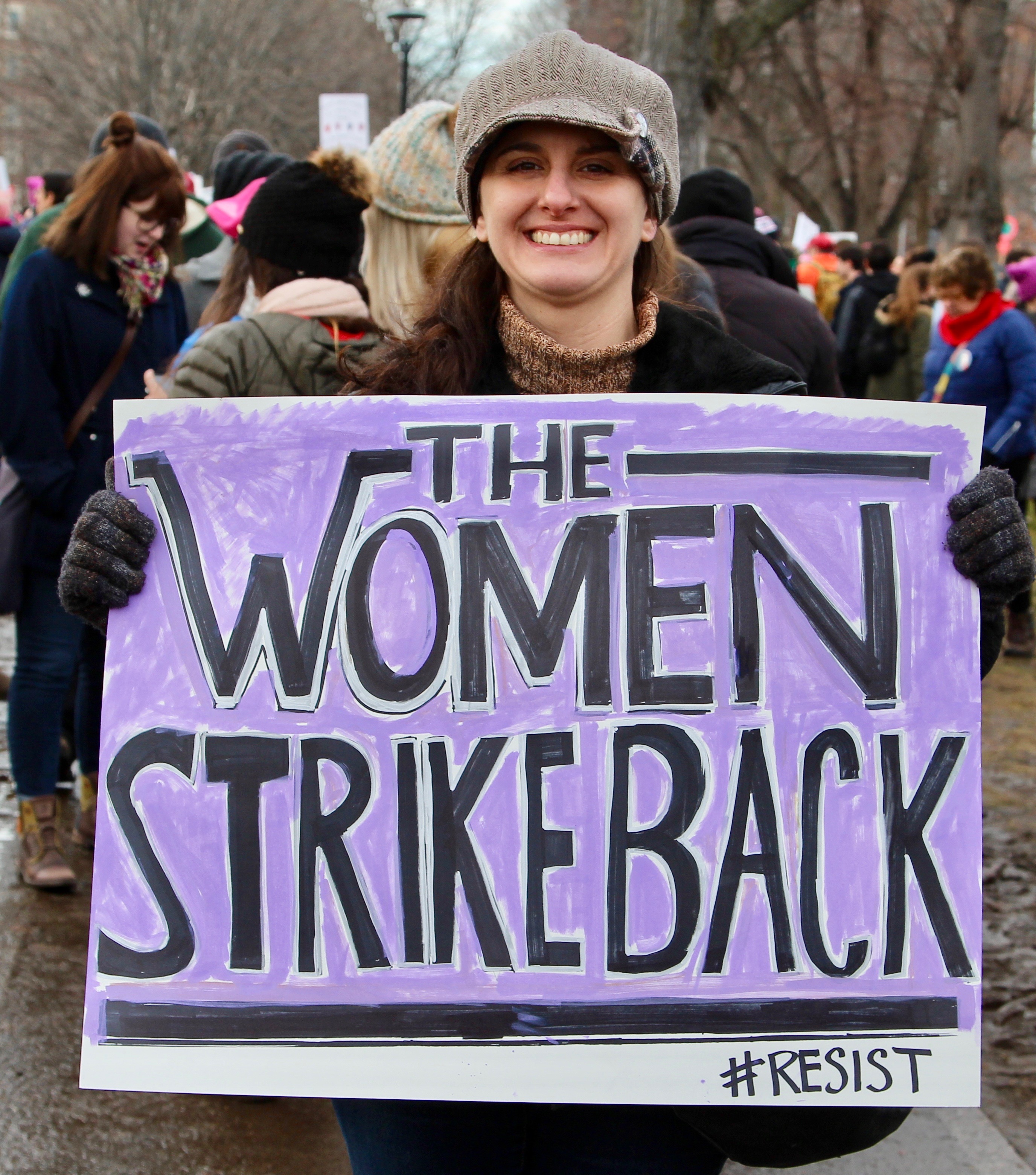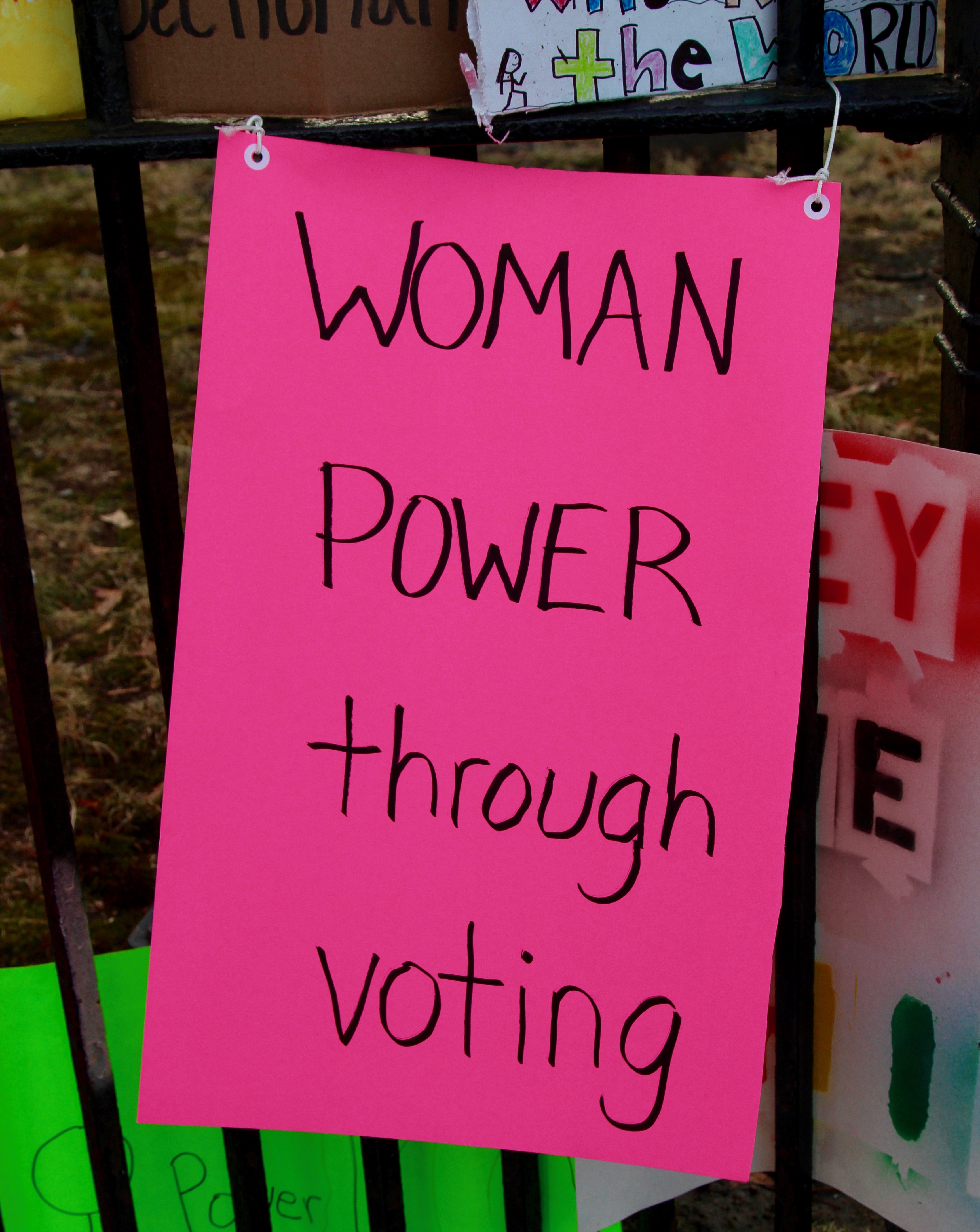
Cambridge, MA, January 2018
Passages in bold in the body of the texts below are my emphasis. This is an ongoing project, and I update the site frequently. Because I try to stay focused on what has actually happened, I usually let the news ‘settle’ a day or so before posting. I hope readers will peruse the articles in full for a better understanding of the issues and their context; our democracy and our future depend on citizens who can distinguish between facts and falsehoods and who are engaged in the political process.
Friday, 28 January 2018, Day 708:
A Week Into Government Shutdown, Ire Turns to Fear for Federal Workers, The New York Times, Glenn Thrush, Mitch Smith, and Kate Taylor, Friday, 28 December 2018: “When the government shutdown began a week ago, many federal workers were more irked than anxious. They’re really anxious now. What at first seemed like ho-hum political brinkmanship is looking more like a prolonged, punishing shutdown, more akin to the 27-day funding lapse in 1995 and 1996 than the blink-and-miss-it shutdowns earlier this year…. On Thursday, the federal Office of Personnel Management took the extraordinary, odd and ominous step of posting a link to a document that offered tips to federal workers on weathering a lengthy interruption, including suggestions on how to defer rent payments, or even barter with landlords by offering to perform minor repair work like painting or cleaning up…. Anxieties are highest for the 800,000 federal workers furloughed or forced to work without pay. But the fear is spreading far beyond the federal work force, hitting government contractors, local governments forced to cover for furloughed sanitation and maintenance workers and organizations that feed the poor, who are dealing with a possible interruption to sources of funding and provisions.” See also, Trump threatens to shut down southern border as government funding stalemate drags on, The Washington Post, Filicia Sonmez, Friday, 28 December 2018.
New Environmental Protection Agency Proposal Could Free Coal Plants to Release More Mercury Into the Air, The New York Times, Lisa Friedman, Friday, 28 December 2018: “The Trump administration proposed on Friday major changes to the way the federal government calculates the benefits, in human health and safety, of restricting mercury emissions from coal-burning power plants. In the proposal, the Environmental Protection Agency issued a finding declaring that federal rules imposed on mercury by the Obama administration are too costly to justify. It drastically changed the formula the government uses in its required cost-benefit analysis of the regulation by taking into account only certain effects that can be measured in dollars, while ignoring or playing down other health benefits. The result could set a precedent reaching far beyond mercury rules. ‘It will make it much more difficult for the government to justify environmental regulations in many cases,’ said Robert N. Stavins, a professor of environmental economics at Harvard University. While the proposal technically leaves the mercury restrictions in place, by revising the underlying justifications for them the administration has opened the door for coal mining companies, which have long opposed the rules, to challenge them in court. The rules, issued in 2011, were the first to restrict some of the most hazardous pollutants emitted by coal plants and are considered one of former President Barack Obama’s signature environmental achievements.” See also, Environmental Protection Agency to make it harder to tighten mercury rules in the future, The Washington Post, Brady Dennis and Juliet Eilperin, Friday, 28 December 2018.
Incoming House Majority Leader Steny Hoyer says House will not seat North Carolina Republican Mark Harris amid questions about the integrity of the election, The Washington Post, Felicia Sonmez and Eli Rosenberg, Friday, 28 December 2018: “Incoming House Majority Leader Steny H. Hoyer said Friday that Democrats next week will not seat a North Carolina Republican amid allegations of election fraud in the state’s 9th Congressional District. ‘Given the now well-documented election fraud that took place in NC-09, Democrats would object to any attempt by [Mark] Harris to be seated on January 3,’ Hoyer said in a statement. ‘In this instance, the integrity of our democratic process outweighs concerns about the seat being vacant at the start of the new Congress.’ The statement came after North Carolina dissolved its elections board Friday without certifying the Nov. 6 results, leaving the fate of the seat in doubt days ahead of the start of the new Congress.” See also, North Carolina Elections Board Dissolves, Adding New Chaos in House Race, The New York Times, Alan Blinder, Friday, 28 December 2018: “The North Carolina state elections board dissolved on Friday under a court order, two weeks before its much-anticipated hearing to consider evidence of possible absentee ballot fraud in the disputed November election for the Ninth District’s seat in Congress. The unwinding of the State Board of Elections and Ethics Enforcement was a consequence of a long-running battle over partisan power in North Carolina and separate from the election fraud investigation. Yet the dissolution heightened the possibility that the Ninth District seat would remain empty for weeks or even months, and it plunged the chaotic fight for the House seat into deeper turmoil.”
Continue reading Week 102, Friday, 28 December 2018 – Thursday, 3 January 2019 (Days 708-714)








